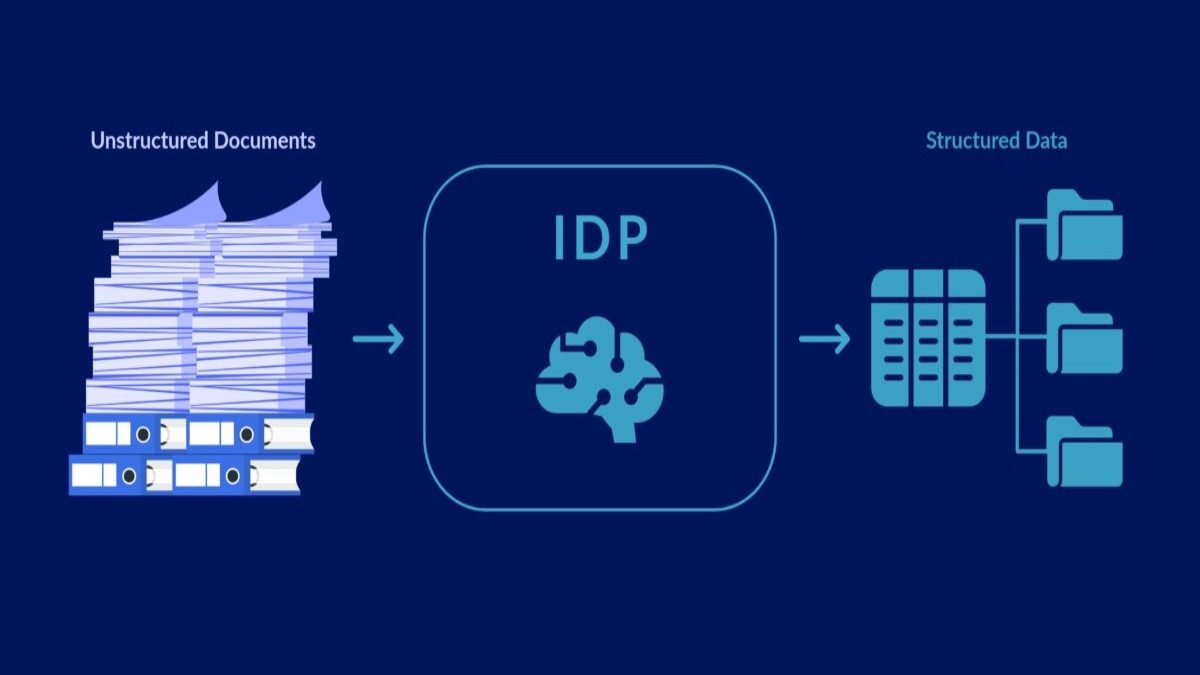Healthcare is an industry that thrives on data—whether it’s patient records, insurance claims, or regulatory documents. Managing this data efficiently has always been a challenge, but recent advances in technology are changing the game. Intelligent Document Processing (IDP) is one such innovation that’s streamlining healthcare operations. But what exactly is IDP, and how does it impact healthcare organizations? Let’s explore four ways intelligent document processing is revolutionizing the healthcare sector.
Table of Contents
Embracing Digital Transformation in Healthcare
Healthcare has been rapidly moving towards digital transformation, driven by the need for greater efficiency, accuracy, and security in managing vast amounts of data. Digital transformation is about the use of digital technology to fundamentally improve operations and service delivery. Intelligent document processing fits into this movement by enabling healthcare providers to move away from manual, paper-based processes and embrace more automated and streamlined systems.
Traditionally, healthcare organizations have relied on paper documents for everything from patient records to billing forms. This approach is not only time-consuming but also prone to errors and inefficiencies. Intelligent document processing automates the extraction, classification, and organization of data from both paper and digital documents, eliminating the need for manual input. By reducing the reliance on paper, healthcare organizations can accelerate their transition into fully digital operations, increasing efficiency while ensuring compliance with industry standards.
More importantly, IDP enhances the accuracy of data entry, which is critical in healthcare. Errors in patient records or billing can lead to serious consequences, including incorrect treatments or delayed payments.
How Intelligent Document Processing Improves Efficiency
The amount of paperwork and documentation in healthcare is staggering. From patient intake forms to insurance claims and regulatory reports, healthcare providers are constantly managing documents. That’s where intelligent document processing in healthcare comes in. By automating data extraction and classification, IDP significantly improves efficiency, allowing staff to focus on higher-value tasks, like patient care.
One of the great benefits of intelligent document processing is that it automates tedious and repetitive tasks, such as scanning and entering data into electronic health records (EHRs). Healthcare staff no longer need to spend hours manually inputting information or sorting through piles of paperwork. Instead, IDP uses machine learning and artificial intelligence to quickly and accurately extract relevant data, categorize it, and upload it into the appropriate systems. The time savings here are immense. What used to take hours can now be done in a matter of minutes.
Reducing Administrative Costs and Overhead
Healthcare is notorious for its administrative overhead. Managing the flow of patient records, billing, insurance claims, and regulatory paperwork can quickly become expensive, especially when done manually. Intelligent document processing (IDP) helps healthcare organizations cut these administrative costs by automating many of the repetitive, time-consuming tasks that drive up expenses.
When staff members spend hours each day processing paperwork, there are not only labor costs to consider but also the cost of inefficiencies. Slow data entry or misfiled documents can result in delayed treatments, prolonged claims processing, and even regulatory penalties—all of which translate into lost revenue or additional costs. By using IDP to streamline these processes, healthcare organizations can significantly reduce the resources they allocate to administrative functions.
Improving Patient Experience and Care
One of the most critical ways intelligent document processing can impact healthcare is by improving the overall patient experience. At its core, healthcare is about providing timely, accurate, and personalized care. When healthcare providers are bogged down by paperwork or waiting for records to be manually processed, it can delay treatment and cause frustration for patients. IDP helps streamline the flow of information, enabling healthcare providers to better focus on patient care and less on administrative tasks.
For instance, when patients visit a healthcare facility, their records need to be updated, and any new test results, diagnoses, or prescriptions must be added to their file promptly. IDP ensures that this information is processed quickly and accurately, so healthcare professionals have access to up-to-date patient records at all times.
IDP also enhances the patient intake process. Instead of filling out paper forms that need to be manually entered into a system, patients can complete digital forms that are automatically processed and categorized using IDP technology. This reduces wait times and makes the entire intake process smoother for both patients and healthcare staff.

